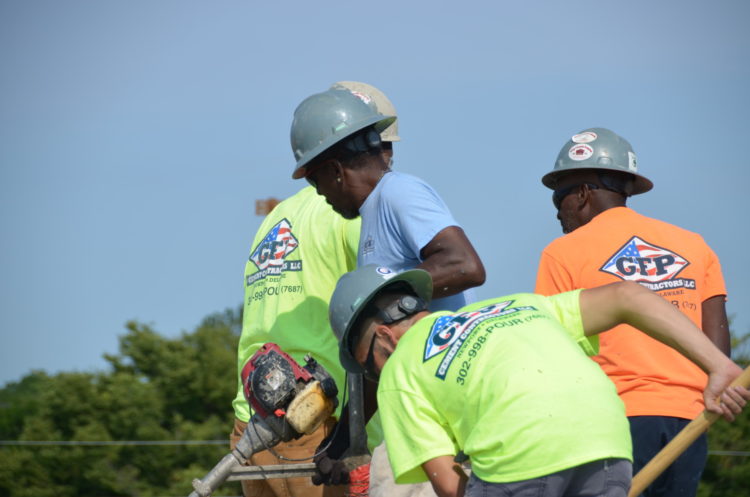Cracks in concrete happen and are caused by several factors such as chemical degradation, corrosion of the reinforcement steel, mechanical attack, and physical damage. Keep reading to learn more about the methods used to repair concrete structures.
Stitching of Concrete
Stitching of concrete involves bridging the crack with U-shaped metal units known as stitching digs. After this process, the concrete is repaired with a rigid resin material.
Stitching is simple, quick, effective, and permanent. The grout combination gives your concrete an excellent bond. The masonry remains flexible enough and can accommodate the natural building movement because you get non-disruptive structural stabilization. Contact a concrete supplier and seek advice on whether stitching your concrete is the best method for you.
Routing and Sealing
Muting and sealing is the easiest and most common concrete crack repair method. The method can be used to seal both large and fine pattern cracks. The crack is enlarged along its exposed face then sealed with fillers. The fillers may be made up of silicones, epoxies, or urethanes.
This method is most appropriate for flat horizontal surfaces like pavements and floors. A lot of care and caution should be taken to make sure that the entire crack is routed and sealed. You will need concrete supply for this technique, so it is advisable to contact a reliable concrete supplier to ensure a smooth process.
Resin Injection
Epoxy resin injection is mostly used as the optimum concrete crack repair technique. The high mechanical strength and resistance to a wide range of chemical environments of resin injections make this technique exceptionally good. Resin injections can be used to repair cracks in walls, slabs, columns, and kerbs.
The technique involves injecting cracks into the concrete. Cracks wider than 0.22mm are injected with resins that have a low viscosity. Cracks that are wider are injected with a resin known as Thixotropic. The process ensures that water and air are not in contact with the reinforcement.
Before settling on this method, contact your local concrete supplier for advice on whether this is the best method for you and concrete supply.
Underpinning
Underpinning involves strengthening and stabilizing the foundation of an already existing building. If your building is tilting or sinking because of instability, then underpinning will support and stabilize it. You will need reliable concrete suppliers for this process to be effective, so it would be wise to contact a trusted concrete supplier.
Final Word
Concrete may deteriorate due to factors like water infiltration, corrosion, and seismic activity. However, this is not the end. The above-discussed solutions will restore and rehabilitate your concrete structure. For all your concrete supply needs, contact us today.



